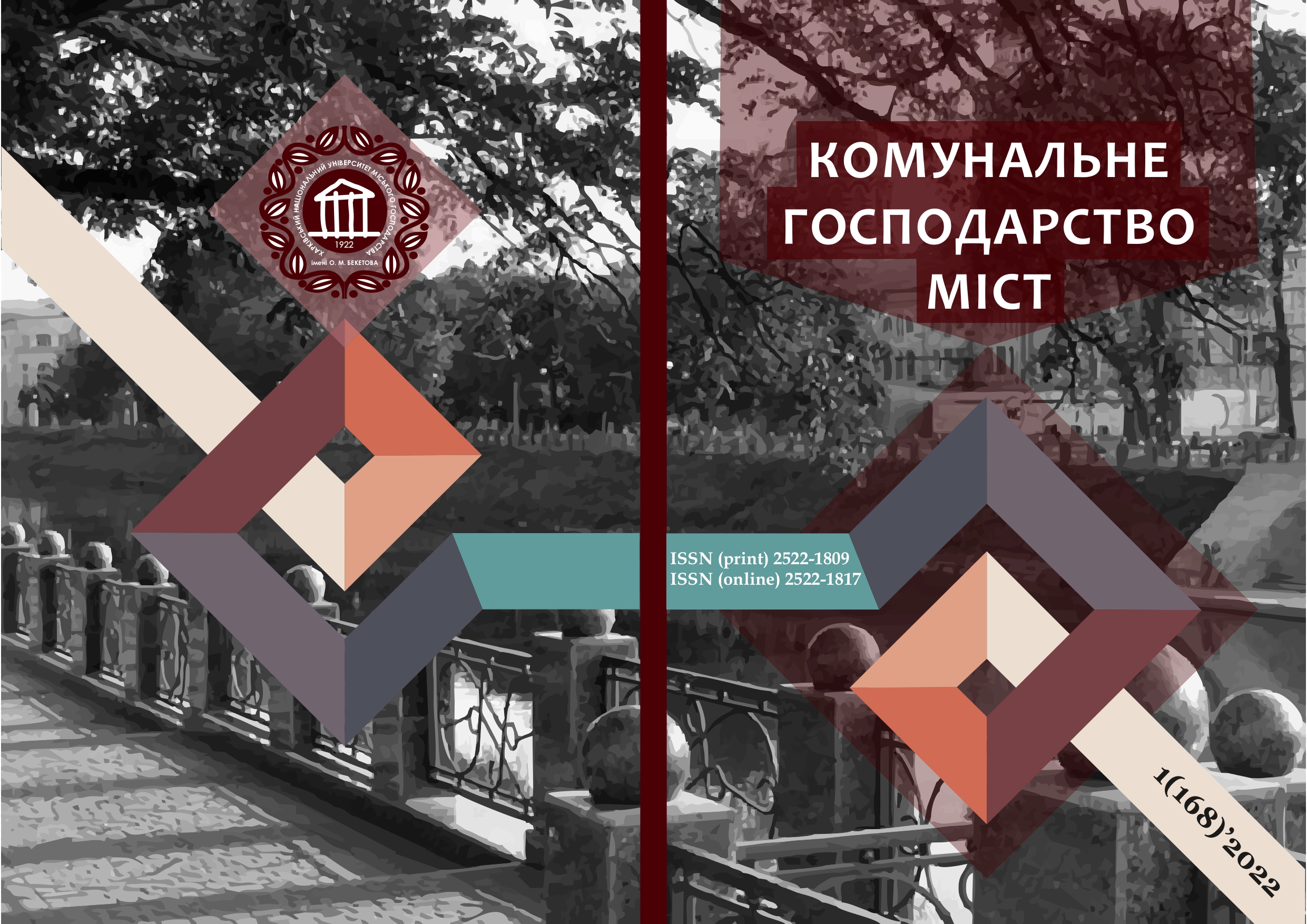RESEARCH OF MIXED POLYMER COMPOSITIONS BASED ON ACRYLIC MONOMER
Array
DOI:
https://doi.org/10.33042/2522-1809-2022-1-168-53-57Keywords:
mixed compositions, methyl methacrylate, polymer modifiers, antiplastification.Abstract
The study of structural and mechanical properties of acrylic compositions based on methyl methacrylate, modified with polymers of the vinyl series. It was found that compositions of the mixed type based on methyl methacrylate have a high modulus of elasticity in the vitreous and highly elastic state. The observed effect is due to antiplastification as a result of chemical grafting of a polymeric modifier to macromolecules of polymethyl methacrylate. The effect of modifying polymer additives on the dynamic modulus of elasticity, speed of sound, tangent of the angle of mechanical losses at room temperature was studied in a wide range of concentrations. It is established that the concentration dependences of the structural and mechanical properties of monomer-polymer compositions are extreme. In the region of low concentrations, maxima are observed, which depend on the type and composition of polymer modifiers.
At low concentrations of polymer modifier (up to 15 wt. h.) and at concentrations of about 50 wt. including the processes of ordering and chemical grafting lead to the compaction of molecular packaging in the system (the speed of sound increases and mechanical losses fall). These processes predominate over the process of classical plasticization, which leads to a decrease in the amount of intermolecular interaction. At other concentrations of polymer modifiers PS and PSM the second process prevails, which leads to a decrease in the speed of sound and an increase in mechanical losses due to increased molecular mobility.
The introduction of the polymer modifier in the original monomer makes the composition unsuitable in terms of application to the surface of the elements intended for subsequent bonding. Therefore, in our opinion, it is advisable to limit the introduction of polymer additives not more than 20 wt. hours per 100 wt. including the original monomer – methyl methacrylate. Modification in this limitation (range from 5 to 15 wt. H) not only maintains technological advantages but also provides compared to the unmodified composition of high elasticity of the adhesive material, which is a very important condition for minimizing deformation of the adhesive seam of reinforced concrete structures.
Additional recommendations on the technology of production and use of monomer-polymer acrylic compositions as adhesive compositions are given, taking into account the amount of polymer modifier introduced.
References
2. Eyring, H. (2016). Viscosity, plasticity, and diffusion as examples of absolute reaction rates. The Journal of chemical physics, 4(4), 283–291. DOI: https://doi.org/10.1063/1.1749836
3. Wang, S.-Q., Cheng, S., Lin, P., Li, X. (2014). A phenomenological molecular model foryielding and brittle-ductile transition of polymer glasses. The Journal of chemical physics, 141(9). DOI: https://doi.org/10.1063/1.4893765
4. Immergut, E.H., Mark, H.F. (2015). Principles of plasticization.
5. Schmeling, N., Konietzny, R., Sieffert, D., Rölling, P., Staudt, C. (2010). Functionalized copolyimide membranes for the separation of gaseous and liquid mixtures. Beilstein journal of organic chemistry, 6(1), 789–800. DOI: https://dx.doi.org/10.3762%2Fbjoc.6.86
6. Delcambre, S.P., Riggleman, R.A., de Pablo, J.J., Nealey, P.F. (2010). Mechanical properties of antiplasticized polymer nanostructures. Soft Matter, 6(11), 2475–2483. DOI: https://doi.org/10.1039/B926843J
7. Lee, J.S., Leisen, J., Choudhury, R.P., Kriegel, R.M., Beckham, H.W., Koros, W.J. (2012). Antiplasticization-based enhancement of poly (ethylene terephthalate) barrier properties. Polymer, 53(1), 213–222. DOI: https://doi.org/10.1016/j.polymer.2011.11.006
8. Razinskaya, I., Shtarkman, B., Izvozchikova, V., Averbakh, N.Y., Monich, I., Bubnova, L., Pupukina, N. (2004). Anti-plasticization of polymethylmethacrylate. Polymer Science USSR, 26(8), 1806–1813. DOI: https://doi.org/10.1016/0032-3950(84)90356-3
9. Zolotov, S.M. (2003). Acrylic adhesives for reinforcement, restoration and repair of concrete and reinforced concrete structures. Building Structures, 59, 440–447. [in Ukrainian]
10. Zolotov, S.M. (2016). Acrylic adhesives for joining building structures. Monograph. Kharkiv, A.N. Beketov Kharkiv National University of Urban Economy. [in Russian]
Downloads
Published
How to Cite
Issue
Section
License
The authors who publish in this collection agree with the following terms:
• The authors reserve the right to authorship of their work and give the magazine the right to first publish this work under the terms of license CC BY-NC-ND 4.0 (with the Designation of Authorship - Non-Commercial - Without Derivatives 4.0 International), which allows others to freely distribute the published work with a mandatory reference to the authors of the original work and the first publication of the work in this magazine.
• Authors have the right to make independent extra-exclusive work agreements in the form in which they were published by this magazine (for example, posting work in an electronic repository of an institution or publishing as part of a monograph), provided that the link to the first publication of the work in this journal is maintained. .
• Journal policy allows and encourages the publication of manuscripts on the Internet (for example, in institutions' repositories or on personal websites), both before the publication of this manuscript and during its editorial work, as it contributes to the emergence of productive scientific discussion and positively affects the efficiency and dynamics of the citation of the published work (see The Effect of Open Access).

